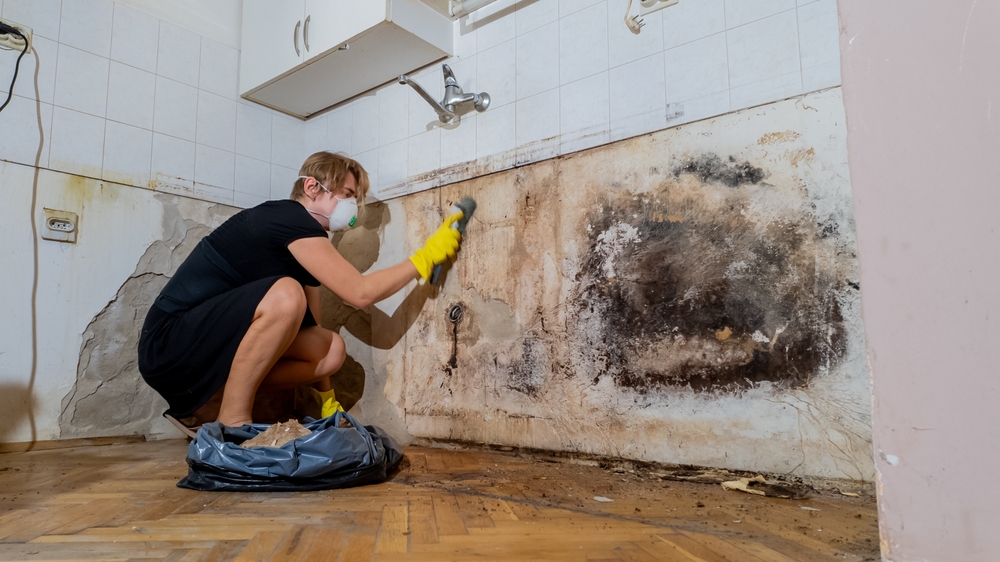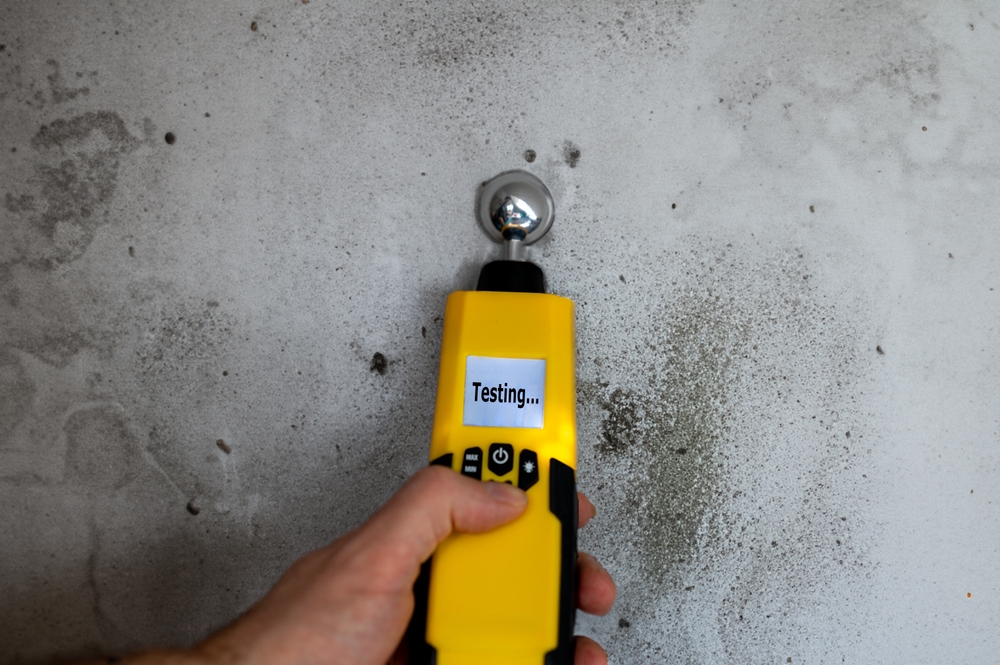Not only is mold ugly, but it may also compromise your house and cause health problems. Imagine discovering areas of black or green on your ceilings or walls. Though at initially modest, if not stopped mold can spread rapidly. We will define what mold is, why it grows, and how you may act right now to keep your house free from mold. Following these easy guidelines will help you avoid mold growth and furnish a better, more joyful living environment.
Introduction
Many dwellings have mold, particularly in areas with high humidity. Did you know that the ideal habitat for mold can be created from even a minor leak or a little amount of dampness? Once it begins to grow, mold—a kind of fungus that thrives in warmth and moisture—can quickly spread and destroy walls, furniture, and your health.
This page will help you grasp how mold develops and, more crucially, how you could stop it before it becomes a major concern. We will provide doable advice you could apply right now. These guidelines will let you, whether you rent or own, take charge of your surroundings and prevent mold. Being proactive will help to stop mold before it even has an opportunity to flourish.
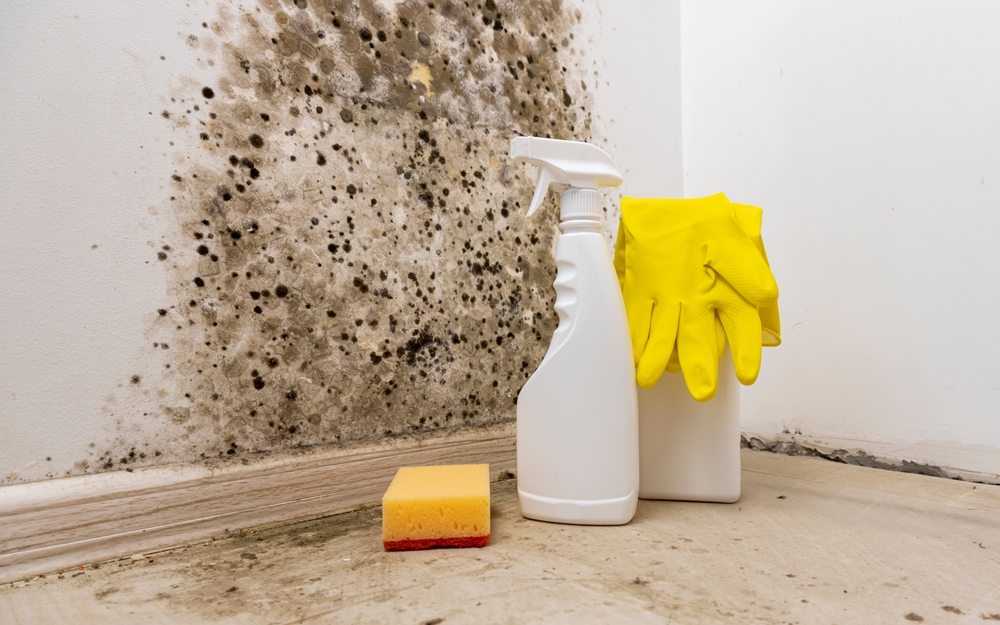
Understanding Mold Growth
Mold requires moisture, food (organic material), and the correct temperature three main elements to flourish. Let us disassemble these:
- Moisture: Mold like rainy environments. Any moist surface will allow it to flourish.
- Organic Material: Mold prefers organic materials such fabric, paper, and wood. These products provide mold the nutrition it requires to flourish.
- Temperature: Mold often thrives in warm, humid environments. Still, it can thrive in a somewhat broad spectrum of temperatures.
Common causes of moisture in your house are pipe leaks, condensation on windows, and high humidity—especially in a wet or rainy area. Some parts of the house, including these, are more likely to develop mold:
- Bathrooms: If not properly maintained, the continual water from sinks and showers can cause mold.
- Kitchens: Damp areas can arise from leaks under sinks or from appliances.
- Basements and Attics: Attics and basements may suffer from leaks or high humidity and generally have inadequate ventilation.
- Laundry Rooms: Mold thrives in the ideal environment created by moist floor and damp clothing.
Mold can seriously compromise your health in addition to being a nuisance. Particularly for youngsters and those with asthma, some varieties of mold generate allergens and irritants that can aggravate respiratory problems. Knowing how mold grows enables one to appreciate the need of stopping moisture issues before they start.
Moisture Control: The First Line of Defense
Keeping mold from spreading mostly depends on controlling moisture. Managing moisture removes one of the main components mold requires to flourish. These are some useful pointers on moisture control:
A. Identifying and Fixing Leaks
One often occurring source of additional moisture in the house are leaks. They occur in numerous locations:
- Plumbing Leaks: Look over your roof for missing or damaged shingles. Water seeping in could compromise your walls and ceiling.
- Roof Leaks: Particularly in heavy rain, cracks in your foundation or inadequate drainage around your house can let water flood in.
- Foundation Leaks: Check these places often; fix any leaks right away. Sometimes a basic remedy will help you avoid a major mold issue down road.
Regularly inspect these areas and repair any leaks as soon as possible. Sometimes a simple fix can save you from a big mold problem later.
B. Managing Indoor Humidity
Another important element in mold avoidance is maintaining dry air in your house. Inside humidity levels should be kept between 30% and 50%, advised experts. These guidelines help control humidity:
- Use Dehumidifiers: these devices particularly help in humid settings since they extract extra moisture from the air.
- Air Conditioners: Hot, humid days call for air conditioners to help lower indoor moisture levels.
- Proper Ventilation: Make sure kitchens and toilets have decent airflow. Shower or cook using exhaust blowers.
- Condensation Control: Wipe down pipes and windows that start to show condensation. Drip from condensation can produce wet areas where mold can flourish.
C. Drying Wet Areas Promptly
Floods and spills can occur even with meticulous moisture control. When they do, you want to dry things fast:
- Clean Up Spills Immediately: As soon as you spot a spill, dry damp surfaces using towels, mops, or fans.
- Deal with Floods Fast: Deal with floods quickly by pumping water out of your house with a wet or dry vacuum. Use fans and dehumidifiers to then dry the area.
- Dry Damp Clothing and Towels: Do not leave damp laundry piled high. Hang clothing to dry or run a dryer to lower mold growth risk.
Identifying leaks, controlling humidity, and immediately drying damp places helps you to prevent mold before it starts.
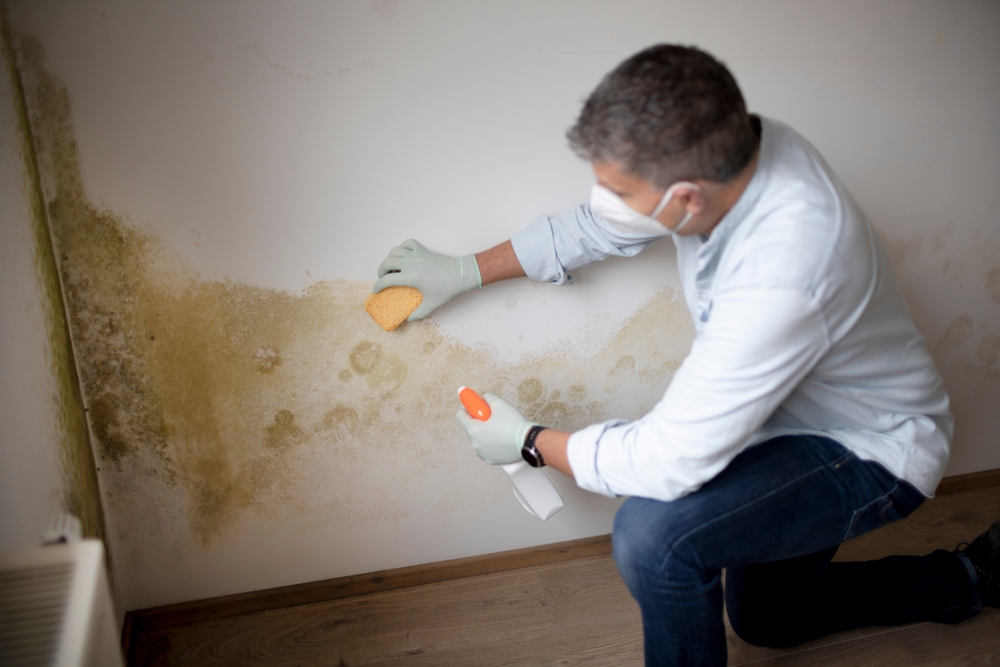
Enhancing Ventilation
Good ventilation helps control moisture levels and stops mold from developing, much as a breath of fresh air would for your house.
A. Natural Ventilation
Allow nature to assist you to maintain dryness in your house:
- Open Windows and Doors: Open your windows and doors to let fresh air flood your house whenever the temperature is pleasant. This helps reduce indoor humidity.
- Cross-Ventilation: Create a channel for air to pass through your house by opening windows on opposing sides of a room. This pulls moisture and improves the air movement.
B. Mechanical Ventilation
Natural ventilation sometimes falls short. These techniques help to increase airflow using machines:
- Exhaust Fans: Create a channel for air to pass through your house by opening windows on opposing sides of a room. This pulls moisture and improves the air movement.
- Attic and Crawl Space Ventilation: Make sure these areas are well-ventilated to stop moisture build-up. Attic and crawl space ventilation Make sure vents aren’t obstructed.
- Maintain HVAC Systems: Keep your air conditioner, ventilation, and heating systems spotless and well-maintaining. By improving airflow, clean air ducts help to lower humidity.
C. Airflow Optimization
Simple steps can help to increase air circulation:
- Avoid Blocking Air Vents: Keep furniture away from vents to allow air flow freely.
- Arrange Furniture Properly: Arrange bulky furniture such that it does not block doorways or windows. This opens more area for air to flow.
Together with moisture control, better ventilation and airflow help to produce a home environment mold does not enjoy.
Maintaining a Clean and Dry Home
Maintaining the cleanliness of your house is another crucial step toward mold prevention. Mold need organic matter to flourish, thus regular cleaning aids to eliminate these food sources.
A. Regular Cleaning
- Dust and Vacuum Often: Often, dust and vacuum often. Frequent dusting and vacuuming help to remove mold spores and organic dust that can feed them.
- Clean Bathrooms and Kitchens: Kitchens and bathrooms especially are prone to moisture. Keep surfaces spotless using mold-inhibiting cleaning agents.
- Wipe Surfaces Down: Wipe surfaces off counters, sinks, and windows to eliminate any residual moisture after using water, say after cooking or showering.
B. Proper Waste Disposal
Damp materials and clutter can hide mold-growing areas:
- Reduce Clutter: Keep your house neat and free of extraneous objects that could collect moisture.
- Remove Wet Items Quickly: Should something get wet—that of a sponge or a cloth—dry it out or discard it right away.
- Dispose of Old Materials: Check often for old newspapers, cardboard, or cloth that can provide a mold breeding habitat.
C. Mold-Resistant Materials and Practices
When building or remodeling your house, think about utilizing materials designed to discourage mold:
- Mold-Resistant Paint and Drywall: Particularly in high-moisture locations like bathrooms, mold-resistant paint and drywall can help keep mold at away.
- Vapor Barriers: Install vapor barriers in places likely to be moist, such basements, to stop water from leaking through walls.
- Smart Flooring Choices: Certain flooring materials, such vinyl or ceramic tiles, are less likely than carpet to encourage mold growth.
Maintaining a dry and clean house and selecting mold-resistant building materials will help to reduce the likelihood of mold invading your space.
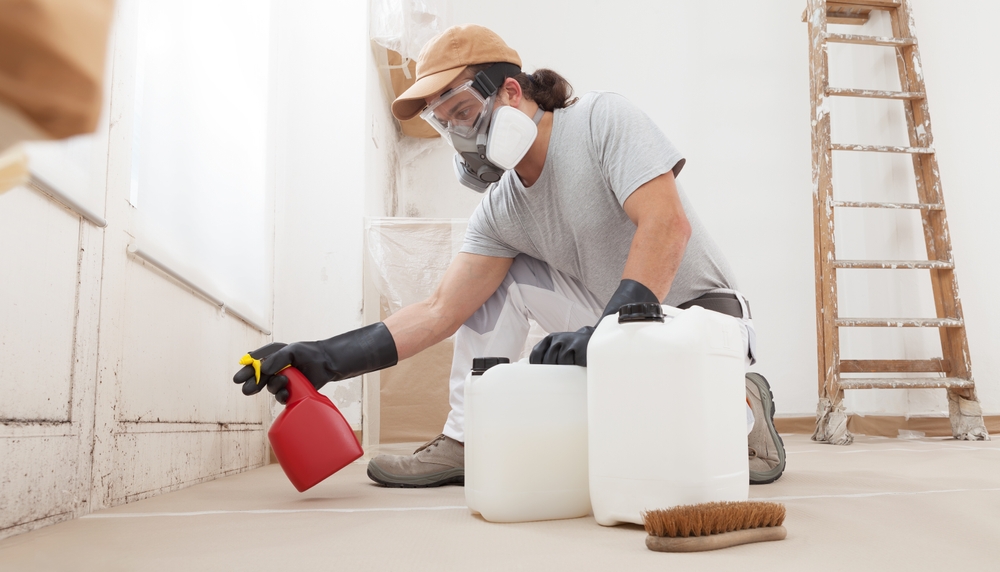
Dealing with Past Mold Issues
Should mold already exist in your house, it is crucial to ensure it is totally eliminated and that actions are done to stop it from resurfacing.
- Ensure Complete Remediation: Make sure the area is totally dry and that all of the mold has been eliminated following mold removal. Any residual mold can resurfaced.
- Monitor Affected Areas: Look at areas where mold once flourished. Look for any indicators of fresh mold development or wetness.
- Reapply Prevention Measures: Keep up frequent cleaning, ventilation, and moisture control even after repairs.
- Consider Professional Help: Think about getting a professional mold inspector called in if mold issues continue. They may evaluate your house completely and offer further advice on how to prevent mold from resurfacing.
Taking care of past mold problems lays a strong basis for a future free of mold.
Conclusion
Though you have the ability to stop it, mold can seriously compromise your house and your health. Concentrating on moisture control, improving ventilation, and maintaining cleanliness in your house will help you to create an environment where mold cannot flourish. Remember to promptly remedy leaks, keep appropriate humidity levels, and rapidly dry damp surfaces. Maintaining mold at distance also depends much on regular cleaning and wise building material selection.
By acting pro-actively, you not only safeguard your house but also get mental comfort. Plan frequent inspections and, should necessary, see a specialist for a mold check. Your house should be a safe, healthy refuge for your family and you.
This is the moment to act: follow these guidelines, forward this advise to neighbors and friends, and keep your house safe against upcoming mold development. Remain proactive and appreciate a clean, healthy place to live!
Philadelphia Restoration Services
https://www.google.com/maps?cid=3399342399556699153
+1 267 668 0013
https://philadelphiarestorationservices.com/

